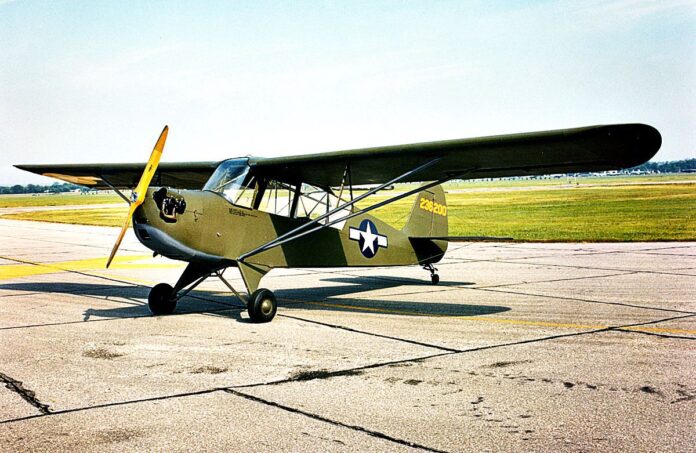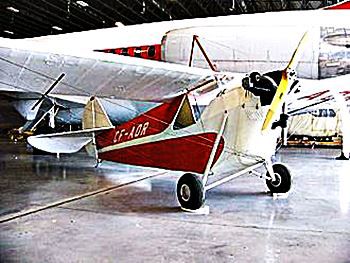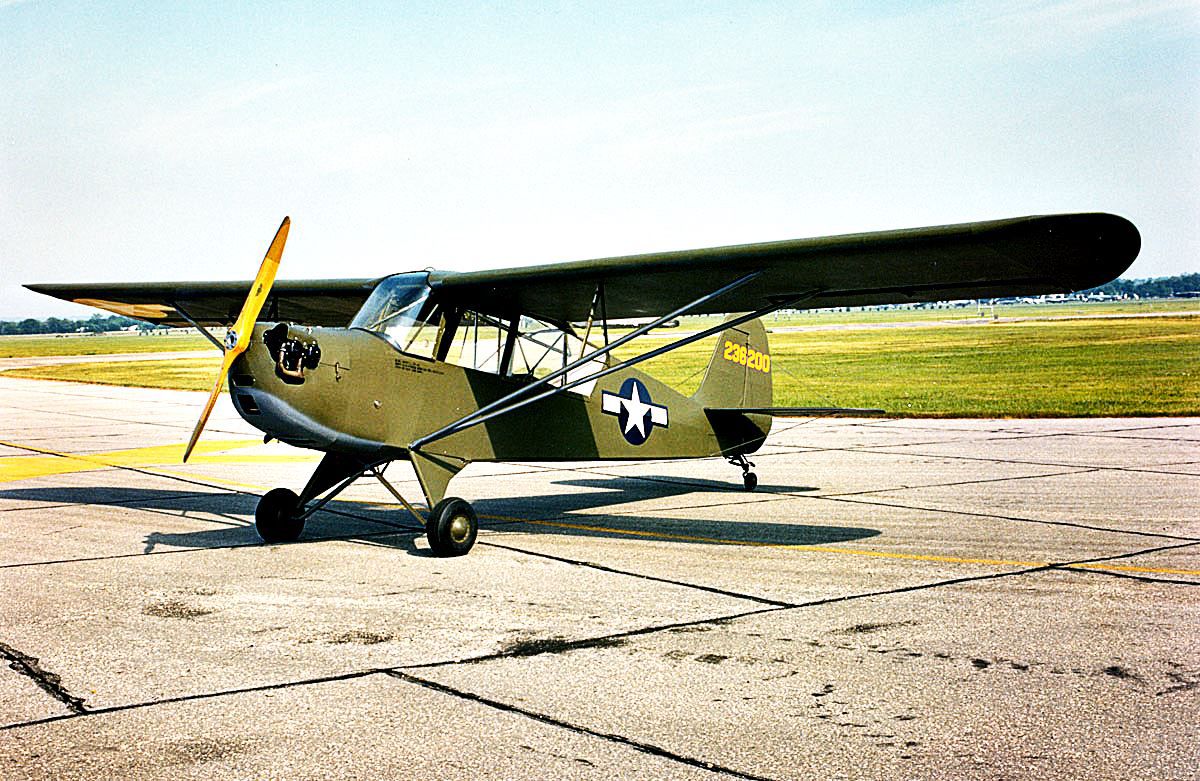BY NORMAN ROZEFF
EDITOR’S NOTE: This is the second part in a three-part series by local historian Norman Rozeff. Part one can be found at www.valleystar.com.
“He was also quite a joker like the time that he painted an upper classmate’s toilet seat with varnish. Once we neighborhood “Goons” were playing football under the screened upper porch of his house when he dumped a whole trash can full of water on us from the porch. Still another time he approached us goons and began to hit what we thought was his eyeball with a pencil. Turns out the “Click. Click. Click.” was against his new glass contacts.
While Leland was in the process of “dusting” for a friend, he was needing to wear eyeglasses for his vision. He also needed to wear goggles because he was dusting with powder in an open-cockpit plane. He solved the problem by taking the lenses out of the eyeglass frame and sticking them into the inside corner of the goggles.
During this period of time I was working for a crop duster, Roy McCardle who was also a good friend of Leland. Roy was teaching me to fly in lieu of paying me for the hourly work. Roy and Leland went down to Nicaragua several times, and Roy recounted this incident to me. He and Leland had taken off at daybreak to dust fields across a large water lake that harbored fresh water sharks. Roy looked over at Leland’s plane to then observe Leland standing outside the plane while holding on to a strut. And putting the gas cap back on. It had come loose at takeoff. Because of his prior experience when a similar incident had occurred while he was spraying cabbage, Leland knew that the plane wouldn’t make it across the lake with fuel spewing out the uncapped tank so that is why he found it necessary to put the cap back on.
While Leland was conducting the FAA test for the landing gear of his newly designed S2 aircraft, the wingwalks, cockpit, and hopper were loaded with 50 lb. sacks of powder to a maximum of 2500 lbs. then raised to the ceiling of the hanger by a larch winch and released. Upon hitting the floor the right gear strut broke at the weld allowing the right wing to slam into the floor and become all twisted. If that was a hair-raising incident so was the following. This was the same wing that flew off later while he was testing G stresses for the FAA. The left wing sheared during a steep dive. Leland had to bail out. This was difficult with the plane spinning so tightly. ( It turns out the design had been miscalculated when Leland misplaced a decimal point in his slide rule calculations. From that time on Leland always double-checked his numbers.)
In one of the tests for the FAA, he flew right in front of the investigators about two feet off the ground with both hands up over his head waving at everyone.”
Such an escapade was nothing new for Leland who had an earlier history of adventurous actions as Anderson was to recall. “Leland (once) stated that when his high school graduating class had a party on Boca Chica Beach, he and a buddy flew the old J2 Cub to the party, hung a rope between the landing gears like a trapeze and took turns swinging on the “trapeze” while dragging one another in the water as they flew back and forth in front of their classmates on the beach.
One time when Leland was in college he bought a new war-surplus Harley 45 motorcycle still in its wooden crate. He assembled it in his garage.
He rode this cycle to and from school. One time while at home for the weekend a large rainstorm came up, but he needed to be back at school at a certain time. He took off on the cycle but later returned soaked to the bone. He then proceeded to put on goggles and a raincoat backwards and took off again, only to return home when the bad storm continued and his goggles filled with water. He later found a ride back to school.
During this time, I was in high school and taking a leather working class, so his mother asked me if I could make him a wide belt with back support to help in those long rides back and forth to school. She instructed me to tool the name “Zip” in the middle of the belt and tool a design around it. I gladly did this as he was my “hero”.
Leland and his partners in his Piper Cub (J2) used to fly every chance that they had. During one period they would look for a field of melons, load up the plane, and fly around looking for tractor drivers and field workers to bomb with the melons.
Bored with just flying around they bought a surplus parachute and began taking turns jumping out of the their plane. Of course, they learned to repack the parachute themselves. Leland says they even got so crazy that they started jumping at night. One night Leland landed in a cotton field, repacked the chute, and jumped again, but the chute almost didn’t open because he had repacked it with a cotton stalk stuck inside it. Still that parachuting experience saved him when he had to bail out of his radial engine S-2A when its wing flew off during the “G” test in 1957 that he conducting for the government.
One day Leland showed me a government letter that had come that day in the mail. He was ordered to report to Wright Patterson Air Base to begin his military time. He had been graduated a second lieutenant. He had however asked for and received a deferment in order to work on his plane. Later he was to receive another letter ordering him to report to the Edwards Air force Base. Again he was given a deferment and no more orders were to follow.”
Bob Anderson concluded his reminiscences with the following: “The depth of the influence that Leland had on every part of my life will never be known but will always be greatly appreciated. What a Man! I will always cherish the memories of knowing this dearly loved man, Leland Snow.”
Leland was later to write : “My first employee was my next door neighbor’s boy. He was about 14. maybe 15 I paid him 25 cents an hour to help me make wing ribs for the first S-1 airplane that I was building in my garage in 1951. In those years that’s what kids made working in bowling alleys or washing dishes in a restaurant. I had a rib jig attached to my workbench in my garage. It was fairly easy work, nailing the 1/4-inch square strips of spruce to the jig, and then gluing the truss structure to the top and bottom contours. Just a big model airplane. The boy’s name was Bobby Anderson.”






